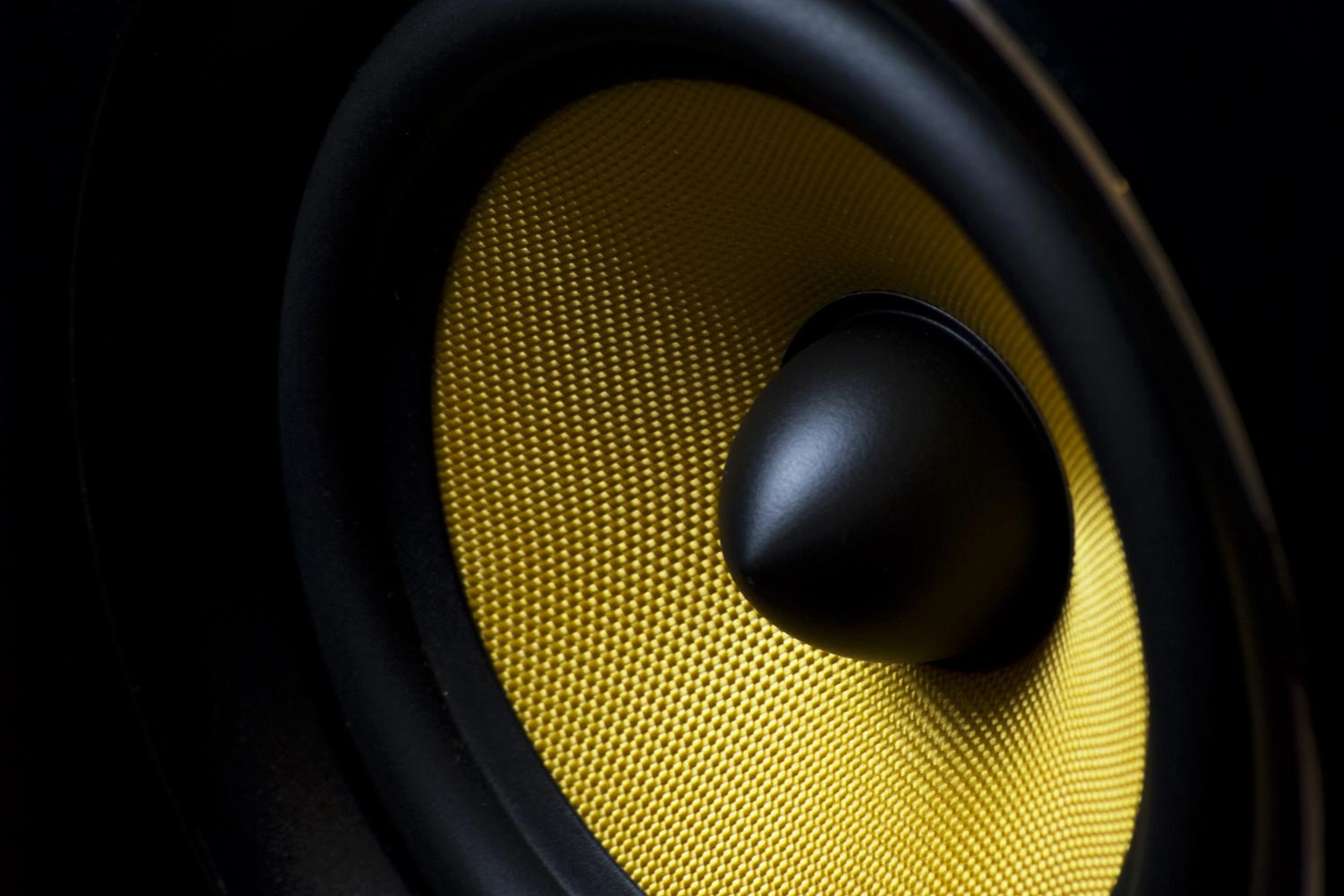Has anyone read his latest paper:
http://boson.physics.sc.edu/~kunchur/papers/Stereo-height--Kunchur.pdf ?
High-end Amplifier with 80 SINAD and 97dB SNR? Really? That is hardly transparent, nor SOTO.
Edit: to be fair, the Spectral also specs better numbers than 0.01%. But that's not the point. The point is that he thinks these numbers are fine for a high-end amplifier.
The citation goes to the very paper the video is about, so total bullshit

uhuh...
The DAC used is a:
If the
review of the series 1 is anything to go by, this thing is also not very transparent...
Speakers are not super special
Stereophile measured the D2R, which looks similar. Horizontal off-axis is okay, vertical though is a total mess.
kudos for some room treatment.
So why then use sub-par components?
So like 99% of all recorded music...? And I'm pretty sure the high-end folk will still make the exact same claims with those recordings.
Okay, now to the important part:
Well duh! A trumpet is a handheld device that you blow into. Usually, people that play the trumpet are standing up. Just by the fact that I hear I trumpet, my mind already knows that the sound is coming from higher up

No, it proves absolutely nothing

! At best it proved that in general people know where certain sounds come from. I don't even need a so called high-end playback system for any of this.
For this experiment to be actually useful, you would need to record these instruments at actual different places, so also places where the listener would not expect the sound to be. Only then you can start to make some decent conclusions.
This man is a disgrace to science!


